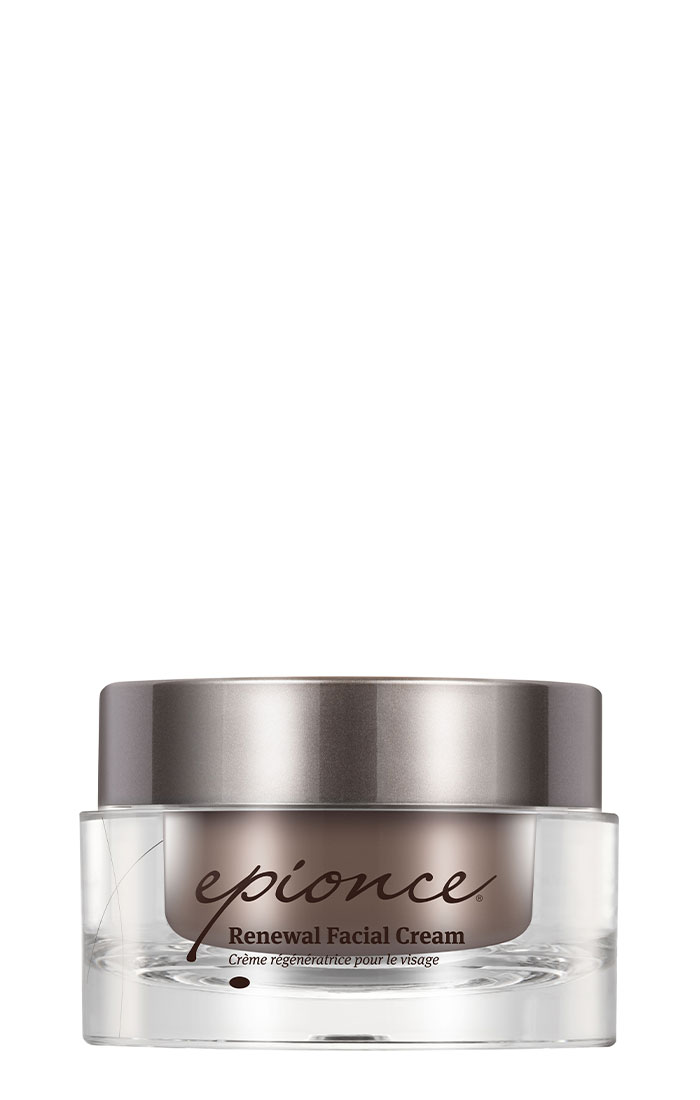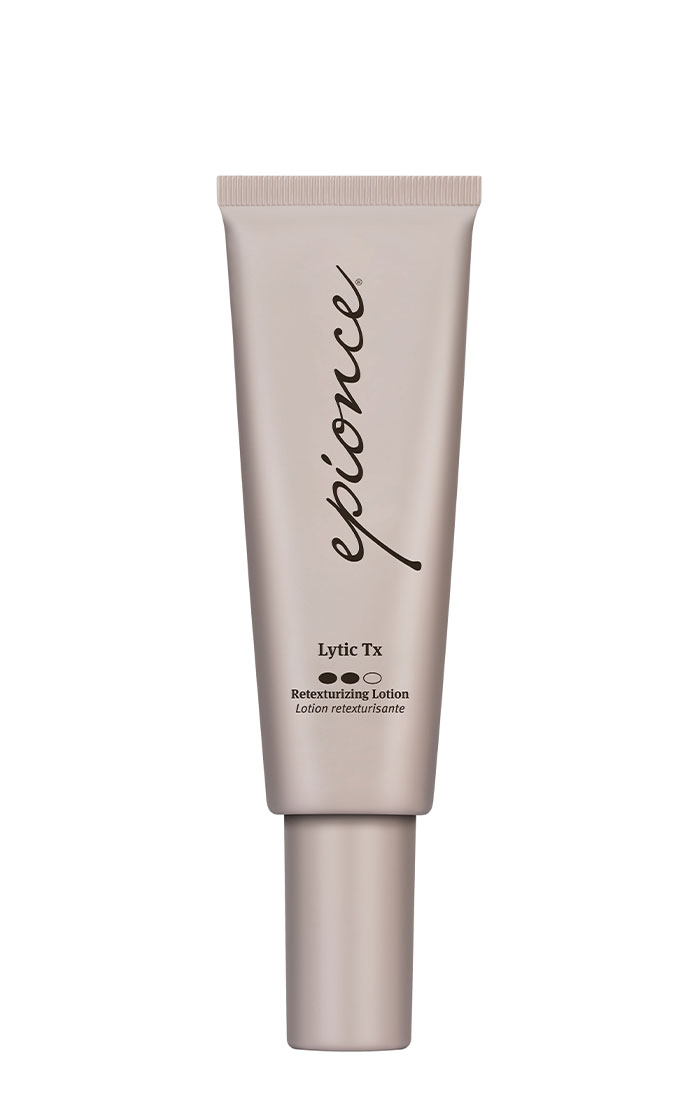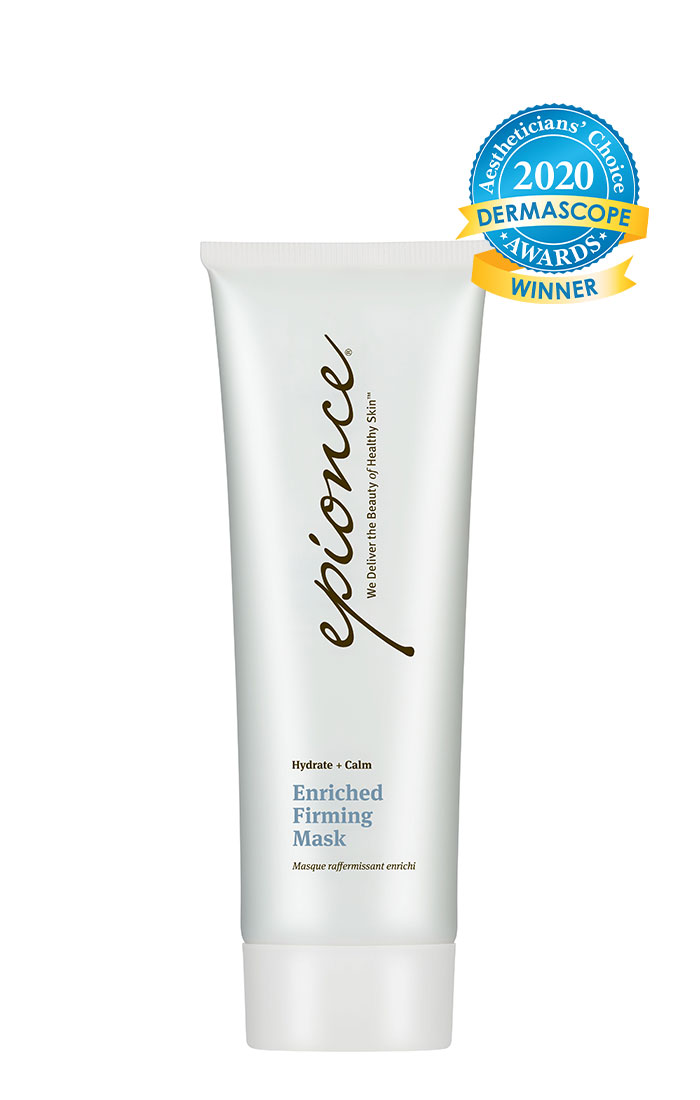4 Ways to Achieve Healthier-Looking Skin All Year
January 13, 2018
Starting the year off with a few skin care goals will help you not only look better, but feel more healthy and beautiful. Try these simple steps to visibly improve skin’s appearance all year.
Make water a regular part of your day
Water is not only beneficial just to organs and cells, but also helps skin function properly. In addition to it being an essential part of your body’s health and function, water will improve the appearance of your skin. Getting your eight glasses a day can also help reduce the visible appearance of fine lines and improve the appearance of skin firmness.
Aim for more sleep
When you haven’t had a good night’s sleep in days, you’re bound to experience dark circles under your eyes and that generally tired appearance. Sleep is an important part of the body’s processes as it goes into repair mode and increases sirtuins, a protein in the body related to sleep that has multiple health benefits.
Pair these two products
Lytic Tx and Renewal Facial products are the core of the Epionce line and work best when used together. This was proven in a clinical study that demonstrated the combination of Lytic Tx and Renewal Facial Cream improved visible signs of aging better than the leading retinoid. When applied before a Renewal Facial product, a Lytic works to clear out pores so Renewals can optimally hydrate skin and calm visible irritation.
Make time to mask
Applying Enriched Firming Mask once per week will give skin a visible boost of hydration and improve the appearance of firmness. The emollient, hydrating mask is effective at reducing the visible appearance of redness and calming blemishes so your skin will look and feel smoother, softer and more youthful.
Connect with an Epionce Professional to learn more about Epionce products.




